
Foresight, Time and the Problem of Timing.
We treat foresight as if it were about time and the yet-to-come. But real impact begins when we realise: foresight is about timing.


We treat foresight as if it were about time and the yet-to-come. But real impact begins when we realise: foresight is about timing.

Foresight inspires, but only decisions give imagination direction. Without that link, the future stays a performance.
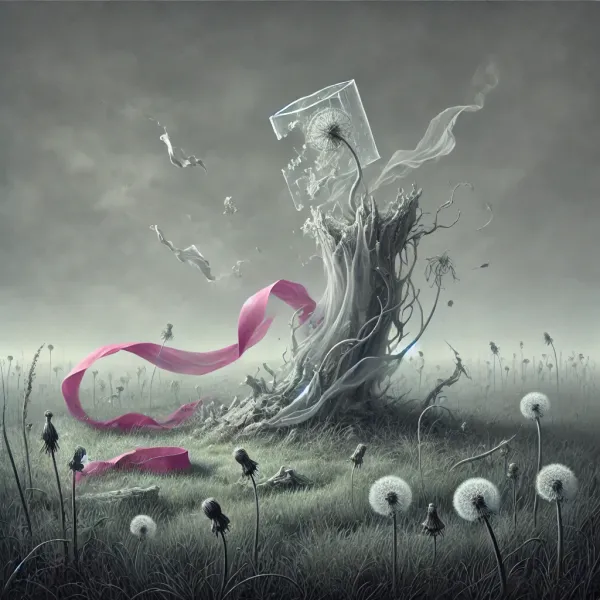
The skill of modern strategy isn’t making perfect decisions. It’s knowing when a once good one has expired.

The real shift isn’t from business as usual to experimentation, but from reaction to anticipation. This is the frontier between surviving and evolving.
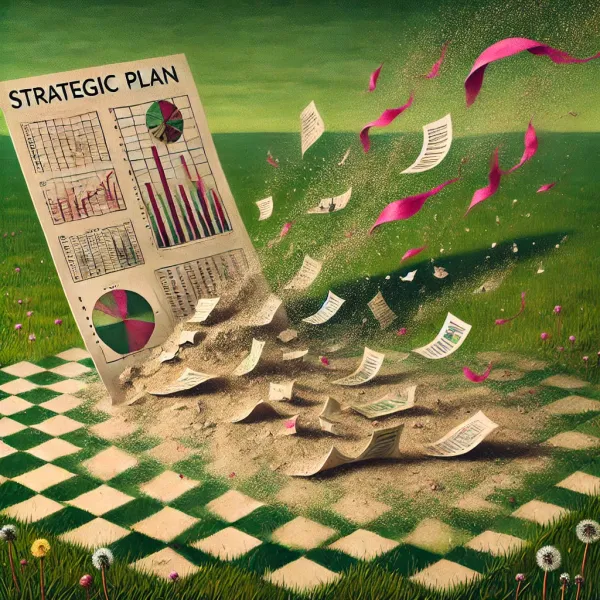
Most companies trust the rhythm of five-year plans and annual budgets, but without governance of superposed futures, they risk pacing the same cage while calling it strategy.
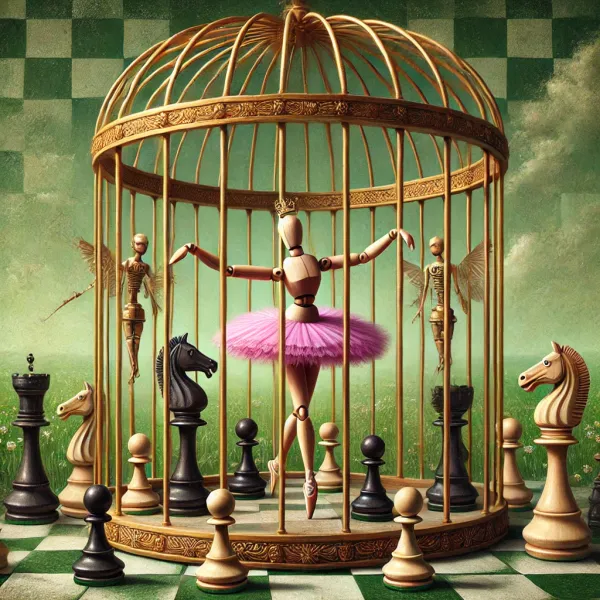
When the present grows too heavy to move, organizations often reach for the same answer they always reach for, the promise of more control. The reflex is almost automatic. Prutures.

We often imagine change as a clean swap of parts, one process out, another in, and we keep telling ourselves that with enough focus and discipline the machine will run better.
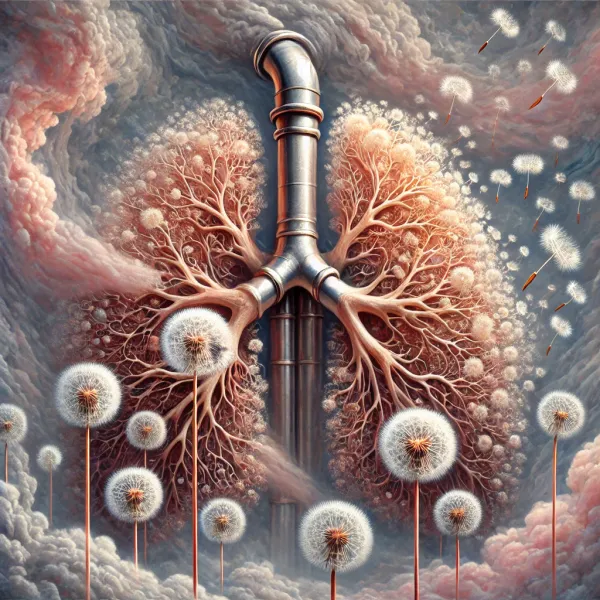
Transformation isn’t subtraction. It’s not about taking something out to make space. It’s the reconfiguration itself that changes everything. Letting go isn’t absence, it’s a shift in how things relate so something new can begin.

Most structures are built to last. But what if that isn't the point? Sometime care looks like building, and sometimes care looks like stepping aside.
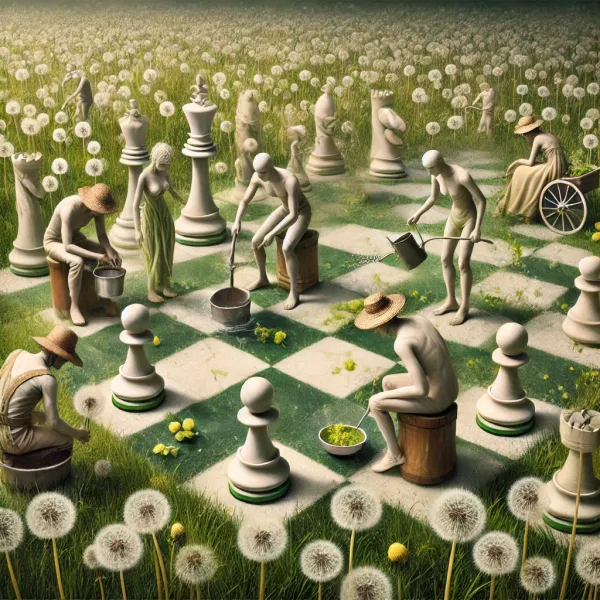
We like to believe that if we build the right structures, policies, teams, strategies, or incentive systems, something good will emerge. We hold on to the hope that good intentions paired with solid design will stabilize the future. But if we’re honest, we often don’t know whether they will.
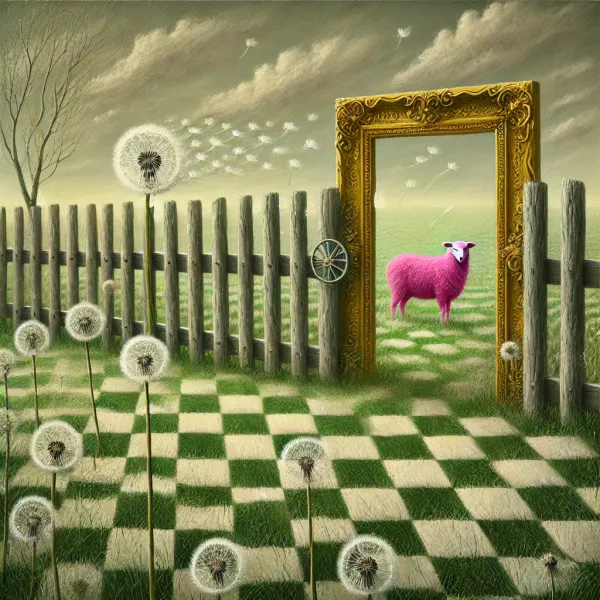
We say we want less regulation—until we need it. The real tension isn’t between freedom and control, but between rules that trap and rules that enable.

Helping my child understand quadrilaterals taught me this: real understanding—and real futures—come from breaking things down, questioning assumptions, and rebuilding with meaning and glue.